Ten Reasons the Desert Should Be Your Next Photography Playground
But be sure to understand the risks and the challenges.
For many of us, the word "desert" conjures images of barren landscapes, scorching heat, and a monotonous expanse of sand. That is probably due to the fact that deserts have lots of barren landscapes, scorching heat, and vast expanses of sand with nary a tree or bird.
But see, those are the things that thrill me about the great deserts.
A barren landscape can open up to an entirely new form of beauty if you look for what it has, instead of focusing on what it lacks.
And some deserts aren’t that hot, at least not the entire year. No, I don’t recommend the Anza Borrego or Death Valley in the summer - but some incredible photography has been done there in June and August.
As the sage philosopher Harry Callihan once said, “You got to know your limitations.”
And know them well before hitting the flatlands in the summer months.
It can be a forbidding and challenging arena to go playing about in.
But for those of us who have wandered into the quiet embrace of the wild, where solitude reigns and the air hums with a different kind of life, the desert reveals a subtle yet profound beauty.
To me, it's a photographer's dreamscape, nature’s masterclass in light and shadow, texture and form.
I have a few reasons why I believe in the desert, and love it.
(All the photographs that follow were made by me on various trips into the southwest deserts where I Iive.)
The Unrivaled Majesty of Light and Shadow
The stark landscapes of the desert are sculpted by intense sunlight, creating dramatic contrasts that photographers crave. Golden hour in the desert is an ethereal experience, painting the rocks and sand dunes in rich hues and casting long, captivating shadows. Midday sun, often avoided elsewhere, can highlight the raw textures and geometric patterns of the terrain with brutal honesty. Embrace the harsh light; it’s the desert’s signature brushstroke.
A Gallery of Textures
From the smooth, undulating curves of sand dunes to the jagged edges of rocky outcrops, the desert offers a rich tapestry of textures. Capture the intricate patterns etched by wind on the sand, the rough bark of resilient desert flora, or the weathered surfaces of ancient stones. These tactile details add depth and visual interest to your images, telling a story of resilience and time.
The Art of Solitude and Uninterrupted Vision
Unlike crowded national parks or bustling cityscapes, the desert often offers a profound sense of solitude. This peace allows you to slow down, observe more intently, and truly connect with the landscape. Without the distractions of crowds, you can immerse yourself in your creative process and capture the subtle nuances that might otherwise go unnoticed.
Minimalism at its Finest
The seemingly sparse nature of the desert forces you to embrace minimalism in your compositions. With fewer elements to work with, each component – a lone Joshua tree against the horizon, a winding wash carving through the sand – takes on greater significance. This naturally occurring landscape challenges you to be deliberate and intentional with your framing, leading to powerful and uncluttered images.
The Resilience of Life Against the Odds
Witnessing life thrive in such a harsh environment is both humbling and inspiring. Capture the tenacious beauty of desert wildflowers blooming after a rare rain, the intricate adaptations of cacti, or the resilient tracks of desert creatures in the sand. These images tell a story of survival, adaptation, and the persistent power of nature.
Dramatic Skies and Unobstructed Horizons
Far from light pollution and towering structures, the desert boasts vast, expansive skies. Capture the fiery hues of sunset and sunrise painting the horizon, the dramatic formations of monsoon clouds, or the breathtaking clarity of a star-filled night sky. The unobstructed views offer endless possibilities for landscape and celestial photography.
A Palette of Earthy Tones
While seemingly monochrome, the desert reveals a surprising range of earthy tones – from the ochre and terracotta of sandstone to the muted greens and grays of desert vegetation. These subtle colors create a natural and grounding aesthetic in your photographs, evoking a sense of timelessness and raw beauty.
The Ever-Changing Landscape
While seemingly static, the desert is a dynamic environment. Wind constantly reshapes dunes, ephemeral pools appear after rain, and the changing light transforms the same scene in countless ways throughout the day. This constant evolution provides endless opportunities to revisit familiar locations and capture them in a new light.
A Journey of Discovery and Exploration
Photographing in the desert often involves venturing off the beaten path, leading to a sense of adventure and discovery. Exploring hidden canyons, stumbling upon unique geological formations, or encountering elusive desert wildlife adds an extra layer of reward to your photographic endeavors.
Finding Beauty in the Unexpected
The beauty of the desert isn't always obvious. It requires a different kind of seeing, an appreciation for the subtle details and the quiet grandeur. By photographing in the desert, you train your eye to find beauty in the seemingly desolate, challenging conventional notions of what makes a picturesque landscape.
The next time you're seeking a photographic adventure that challenges your vision and rewards your patience, consider the desert. Be open to its silent embrace, allow its unique character to unfold before you, and discover the subtle yet profound majesty that makes it a truly remarkable place to photograph.
When you are ready, here is how I can help you succeed.
Group Mentorship: a small group of photographers who meet to show images, work on their portfolio, and build their businesses with help from a wonderful group. Lifetime membership for one fee.
One-on-one Mentorship: You and me - working together in an intense 6-month push to get you on the way to over $30K in additional revenue. The work we lay down will help you increase and scale your business for years ahead.




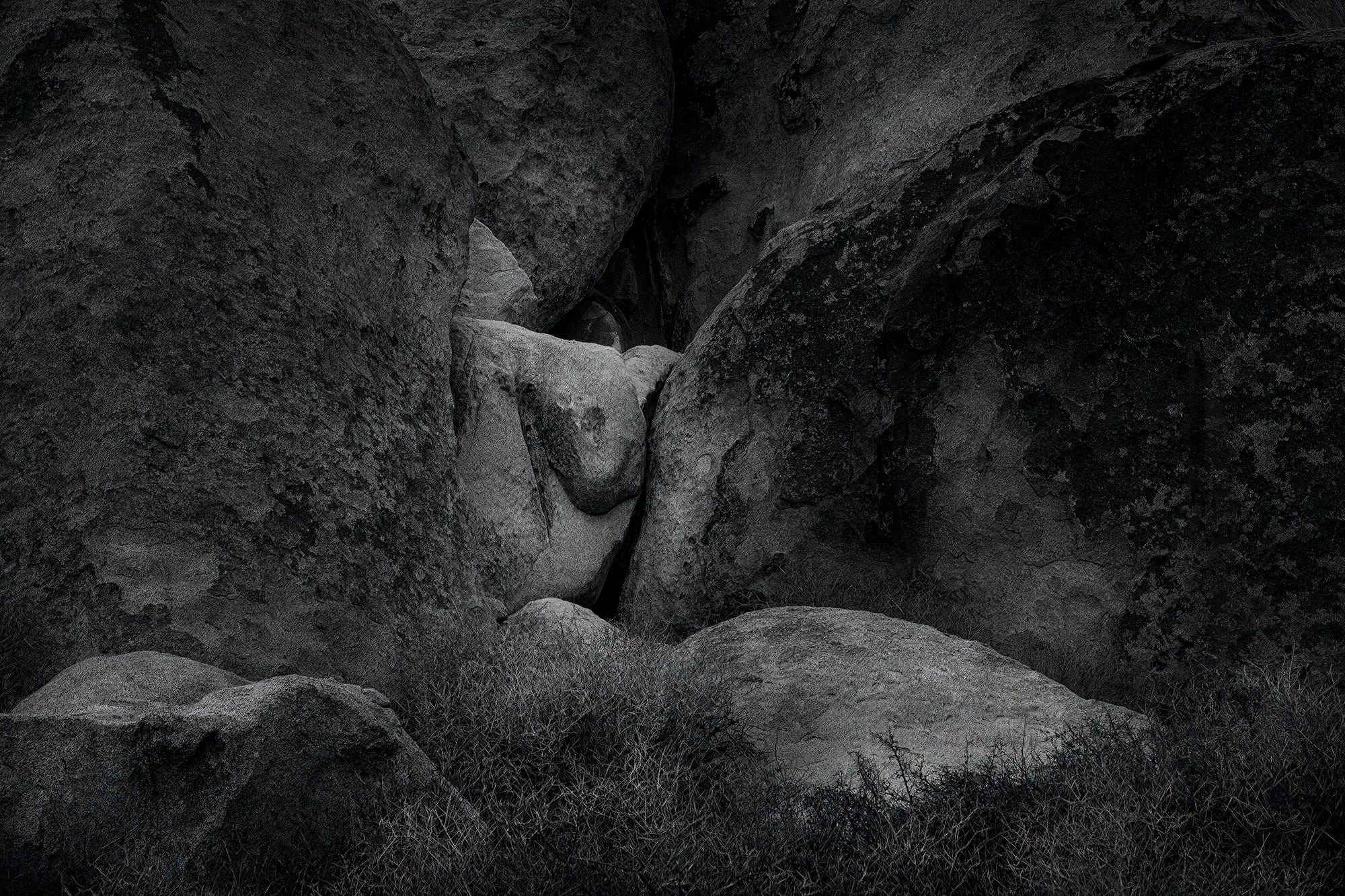
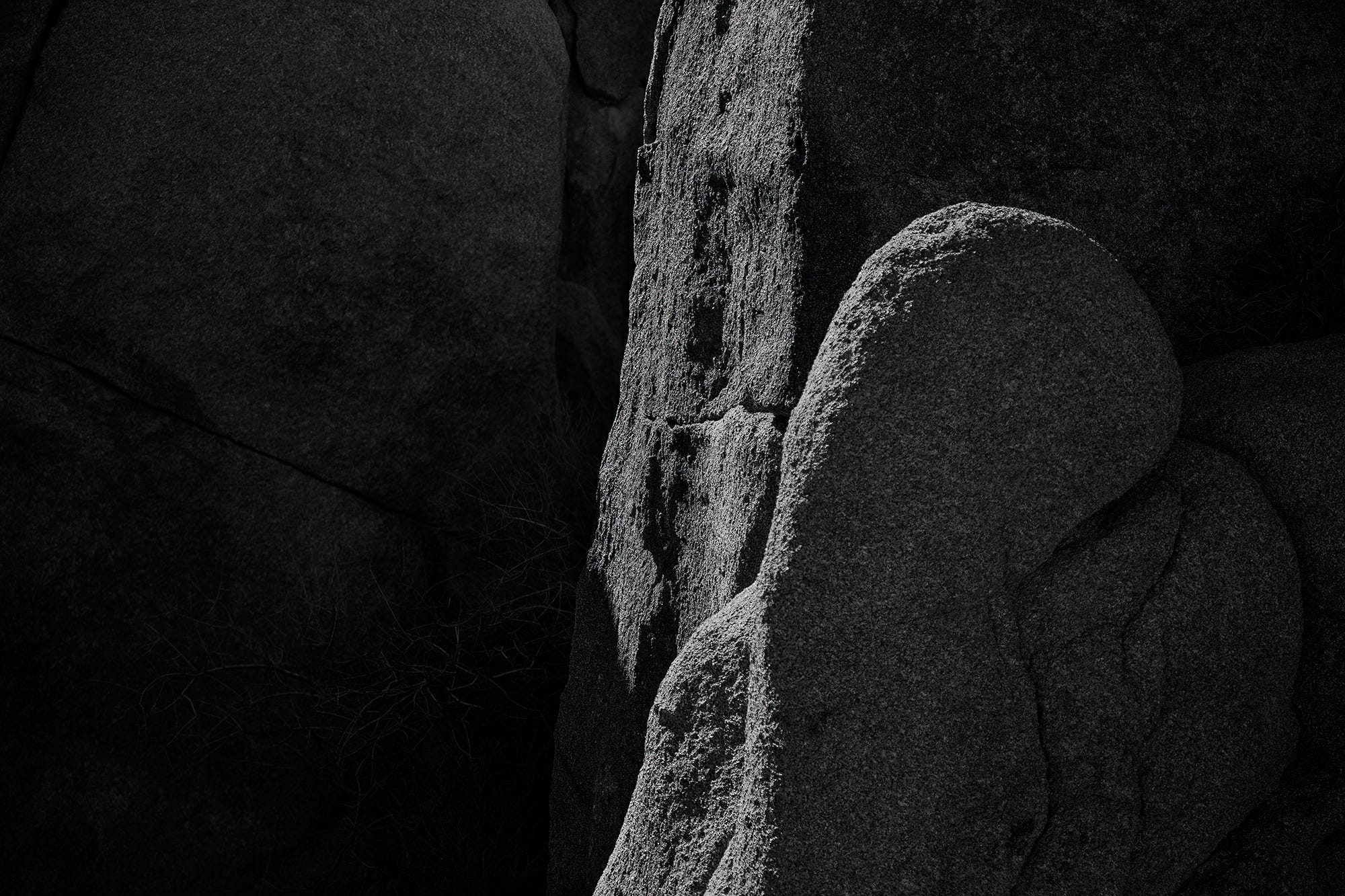
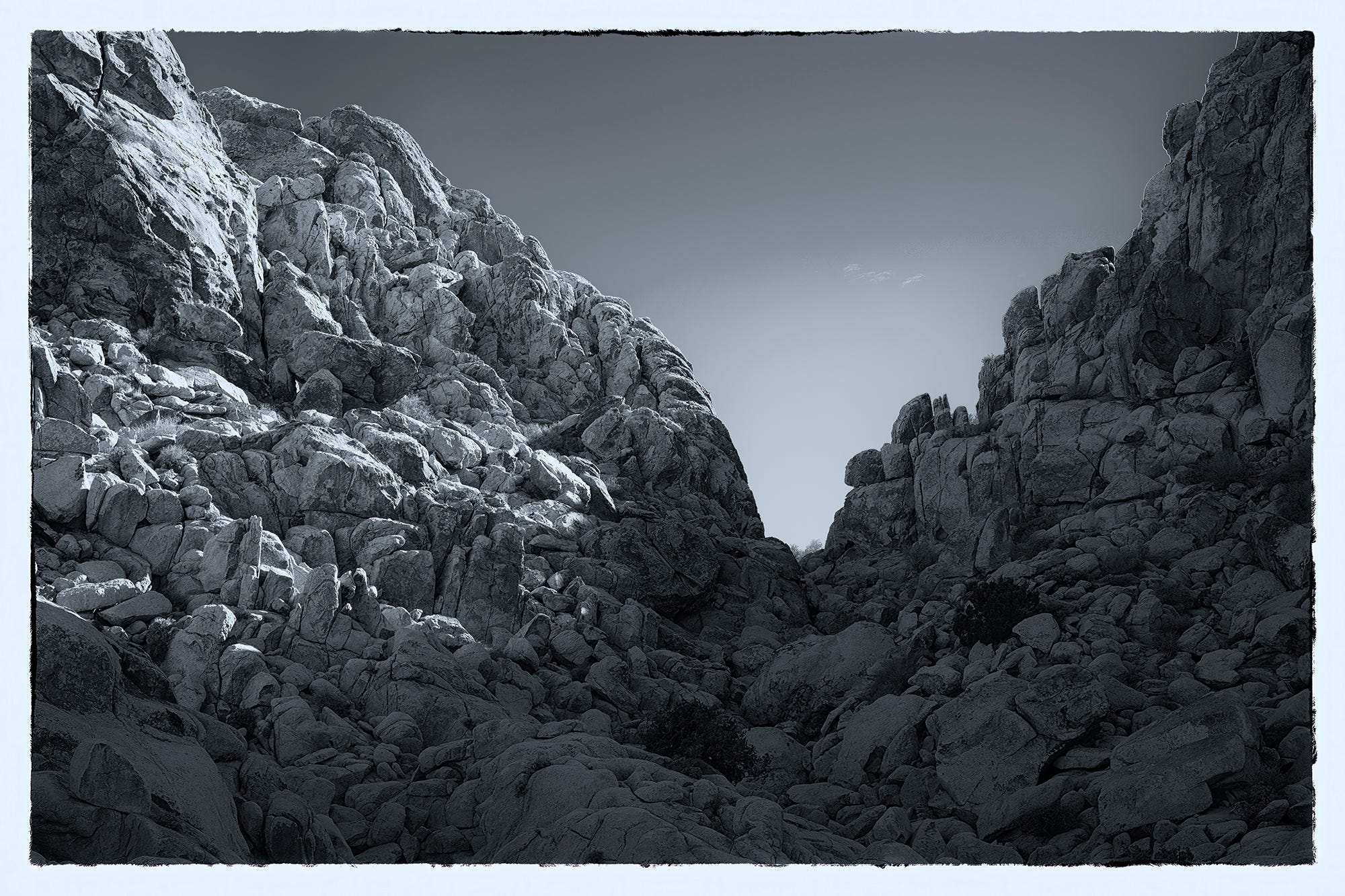
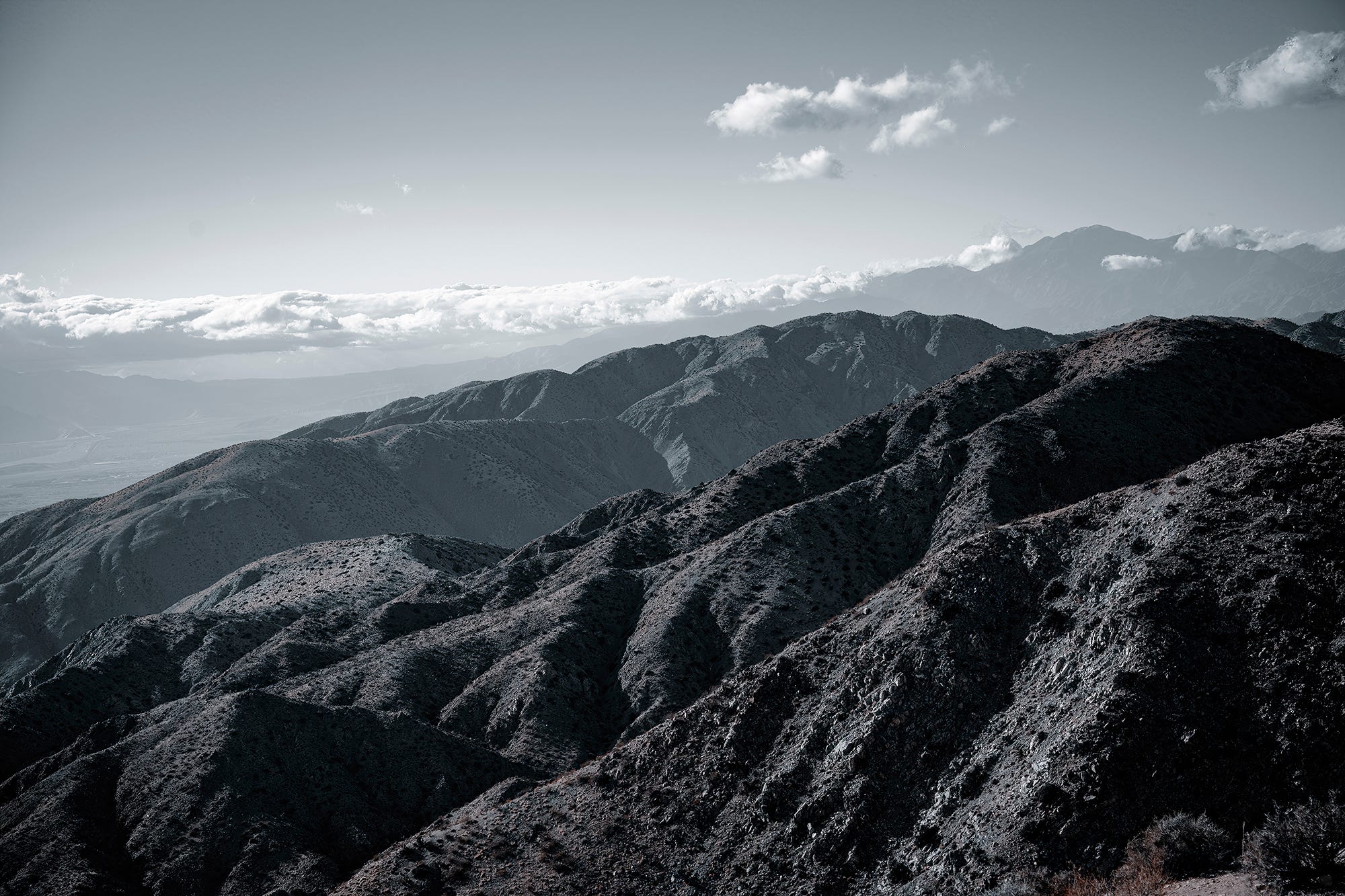
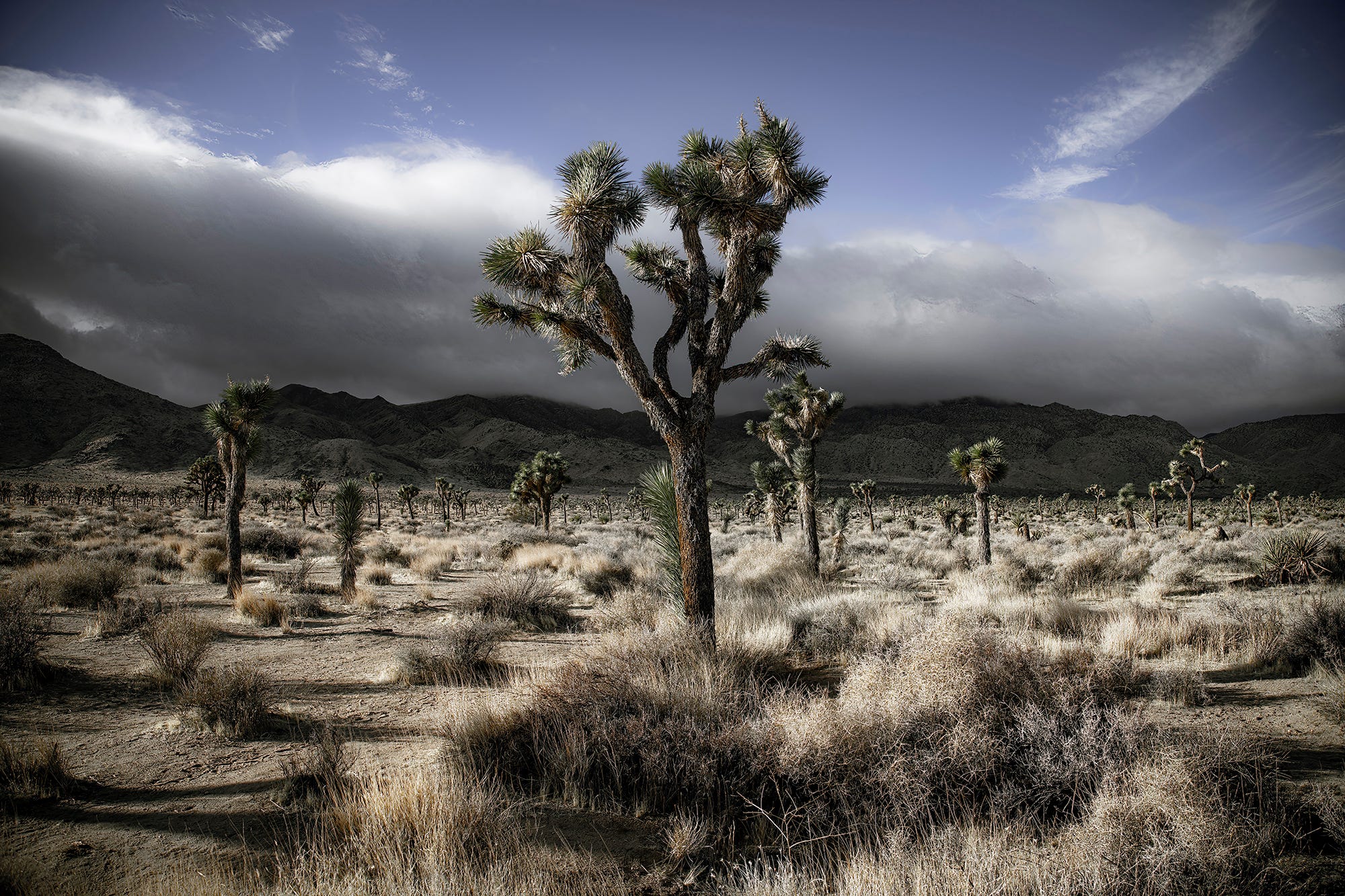
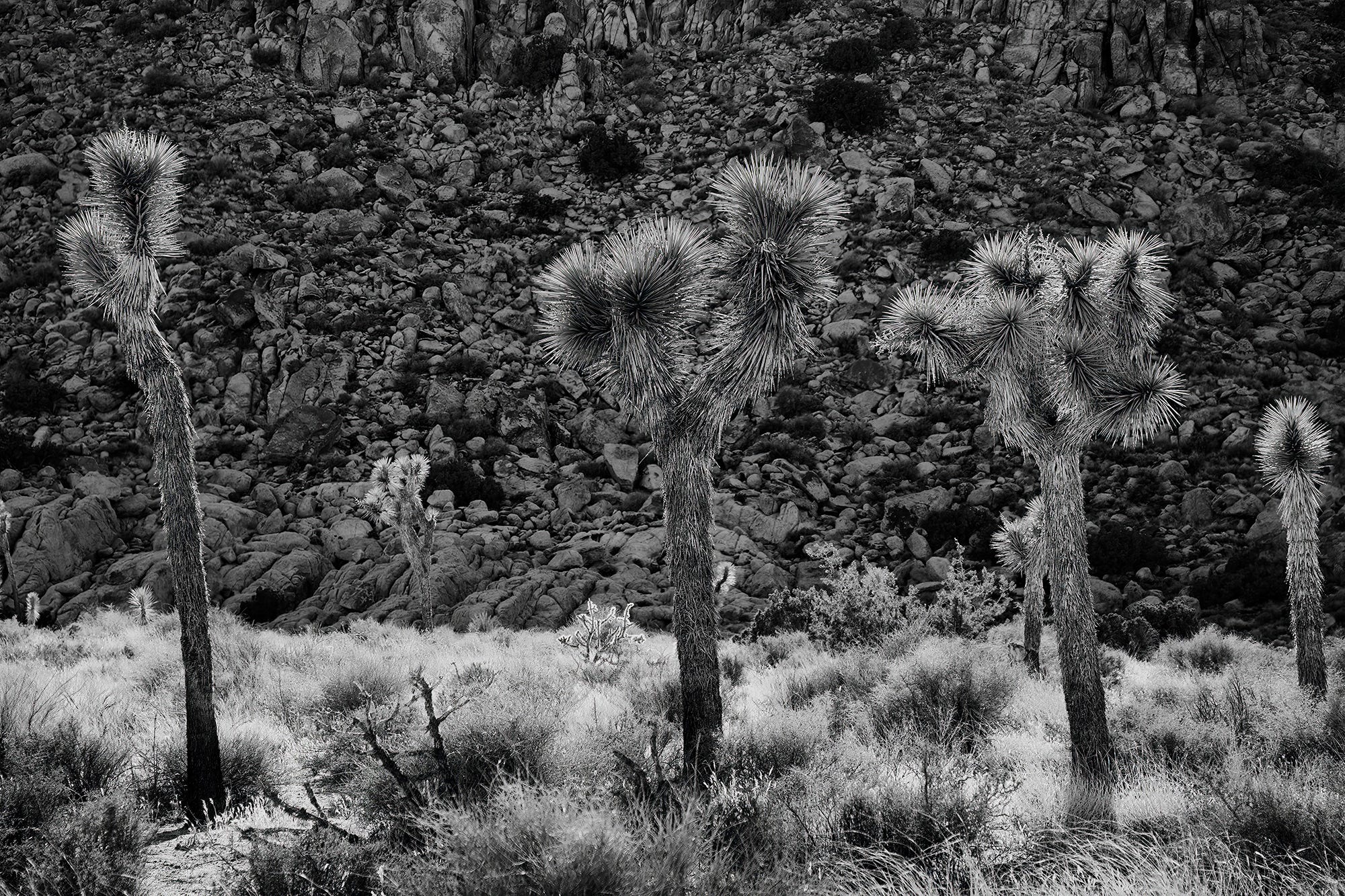
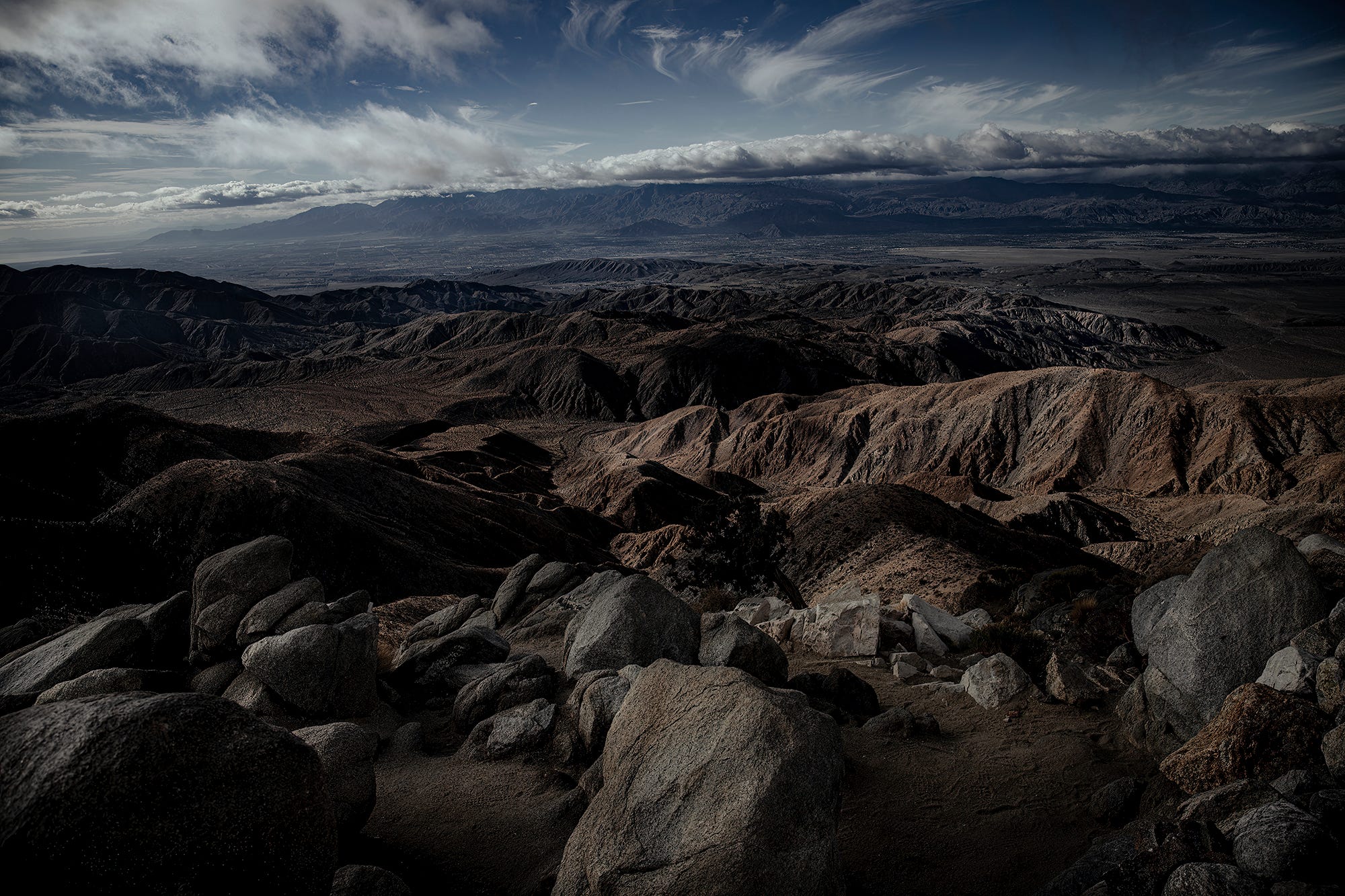
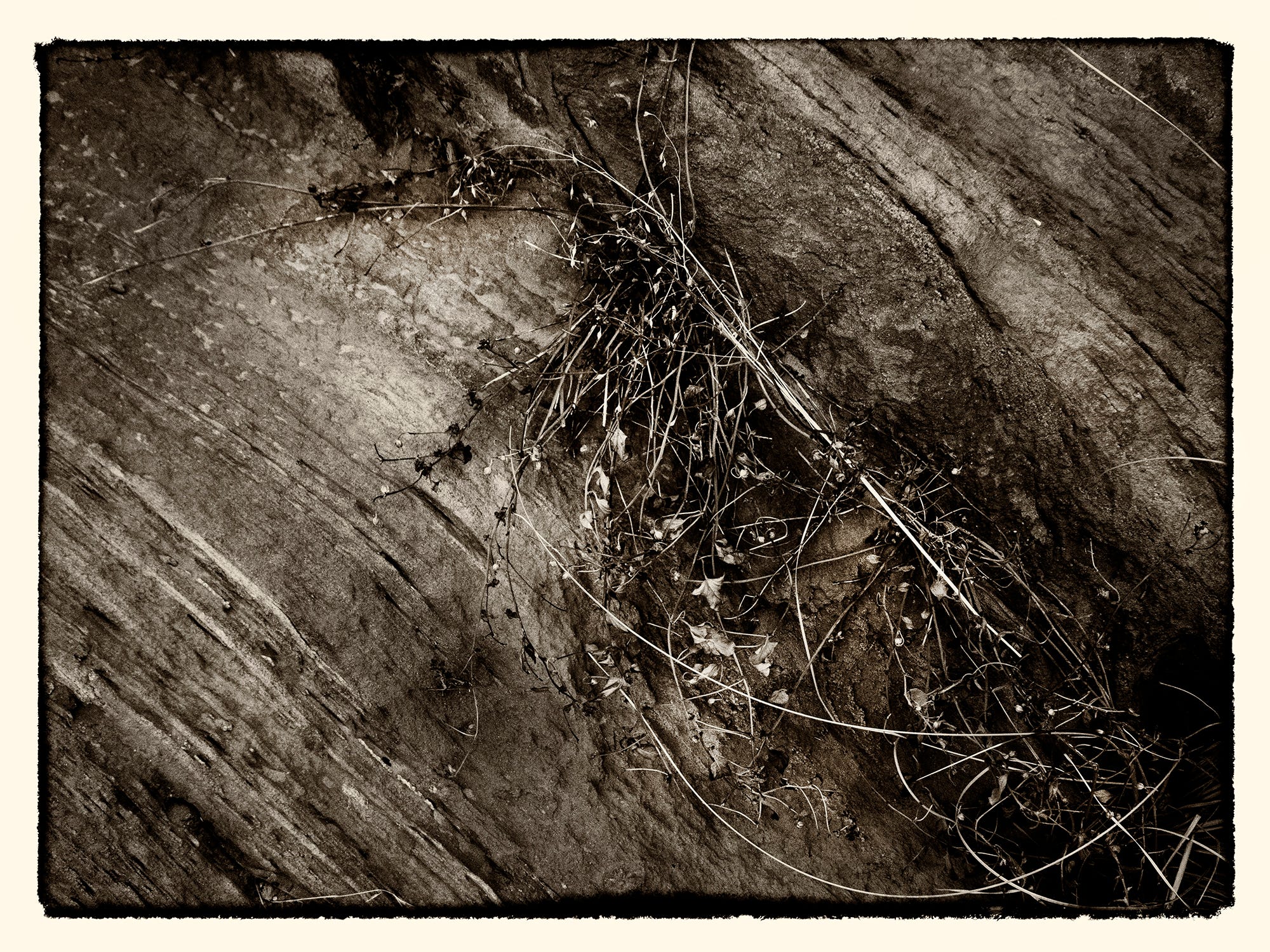
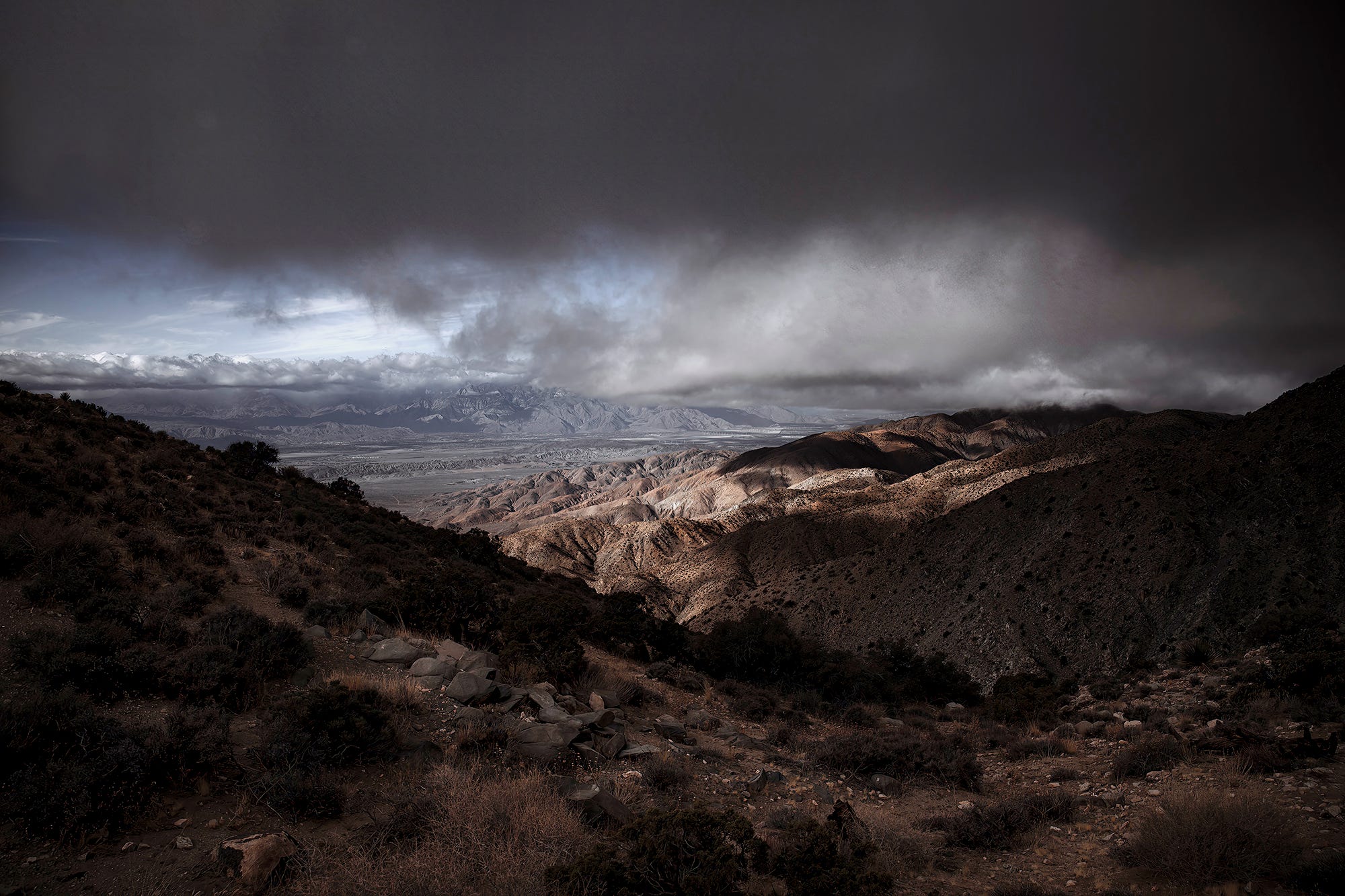
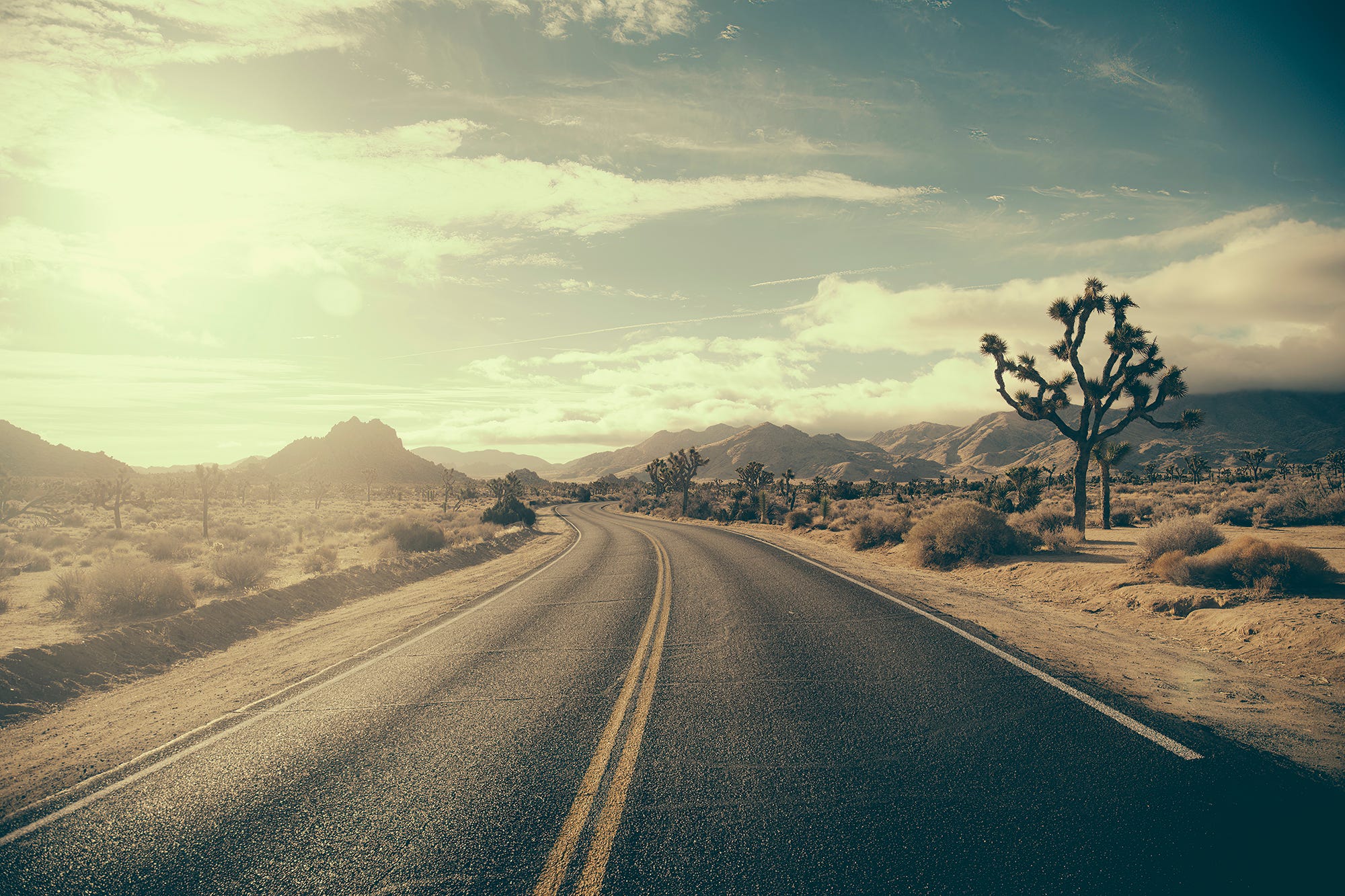
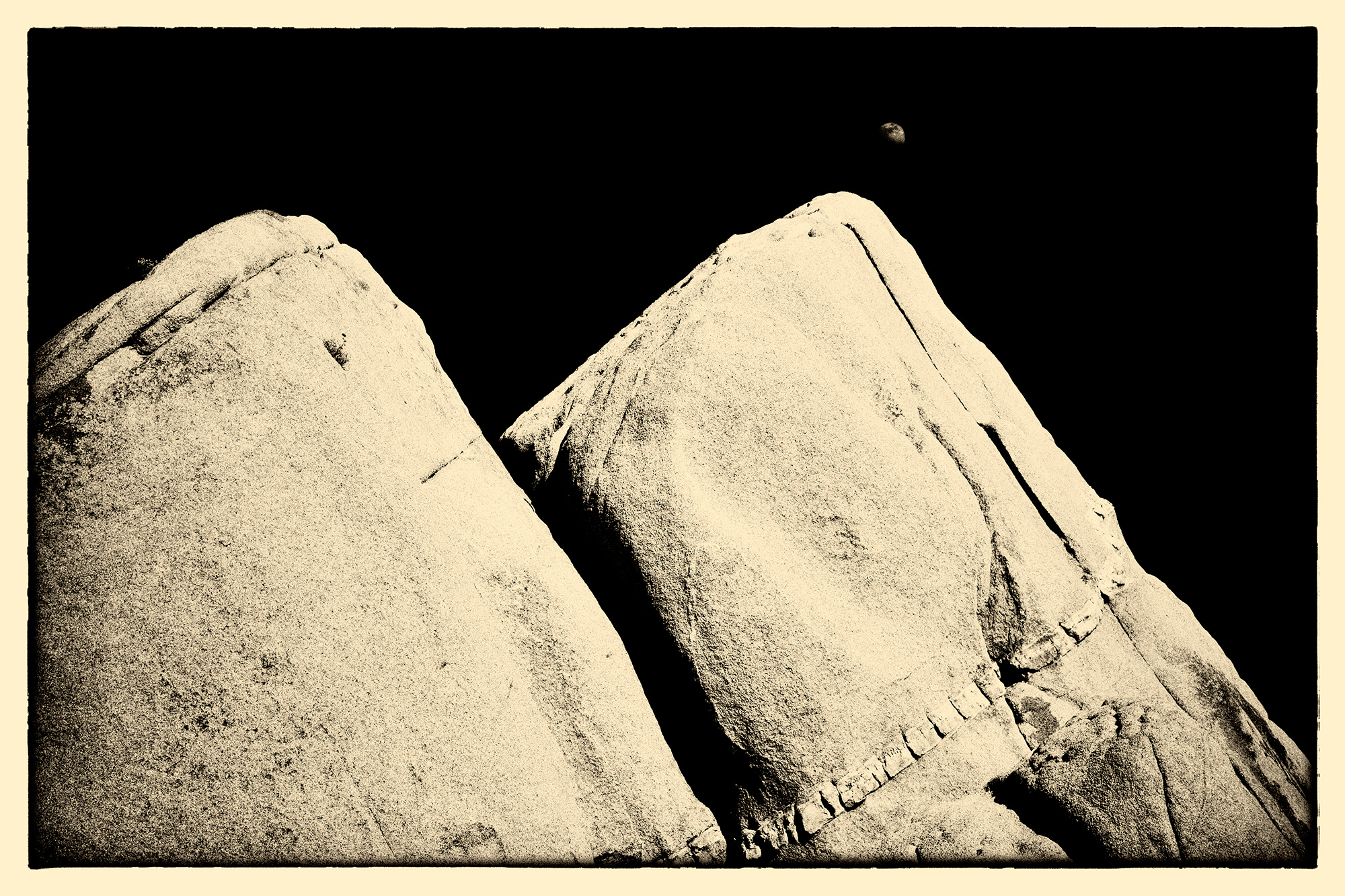

This piece is a love letter to the desert's harsh wisdom—where emptiness isn't absence but an invitation to see clearly. Your ten reasons unfold like a mirage becoming real: that bit about the desert as the original minimalist teacher? Perfection. A reminder that sometimes we need barren spaces to uncover our own unshakeable roots.
Absolutely stunning work!